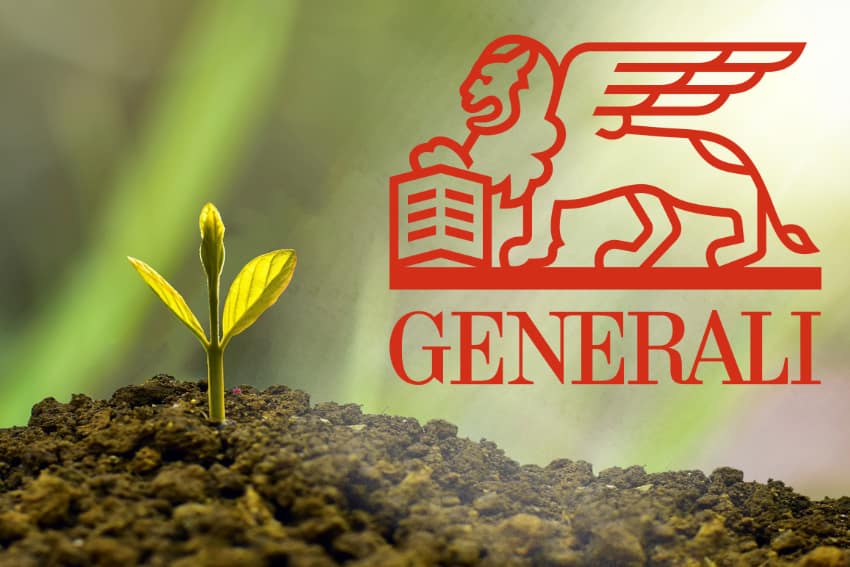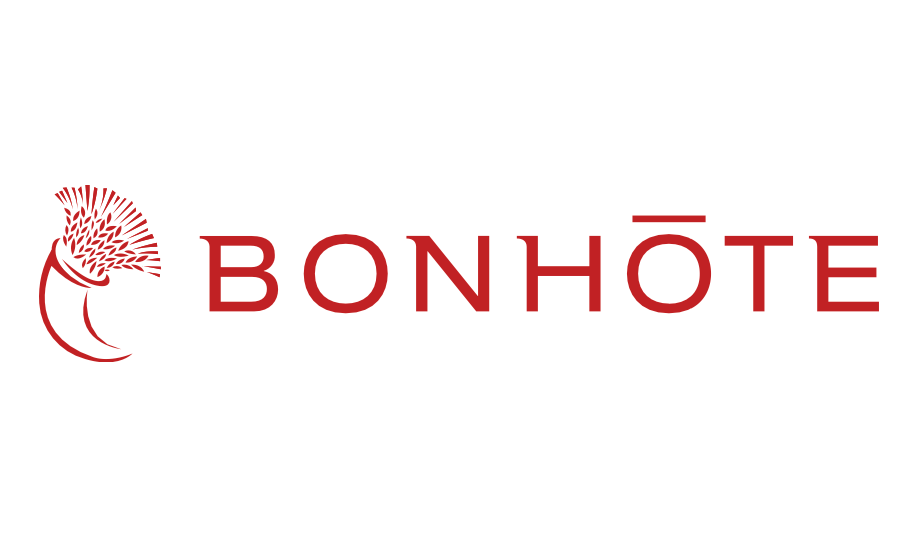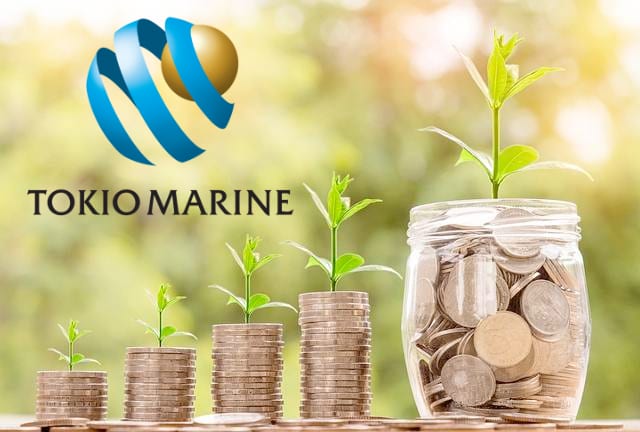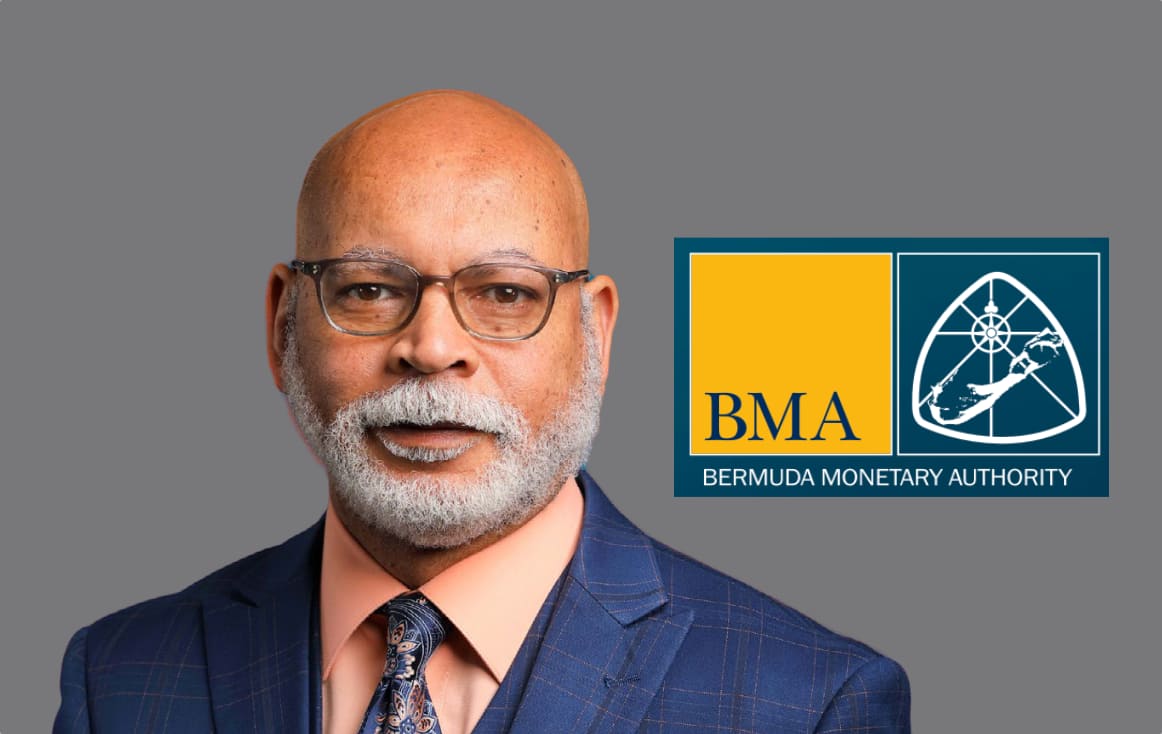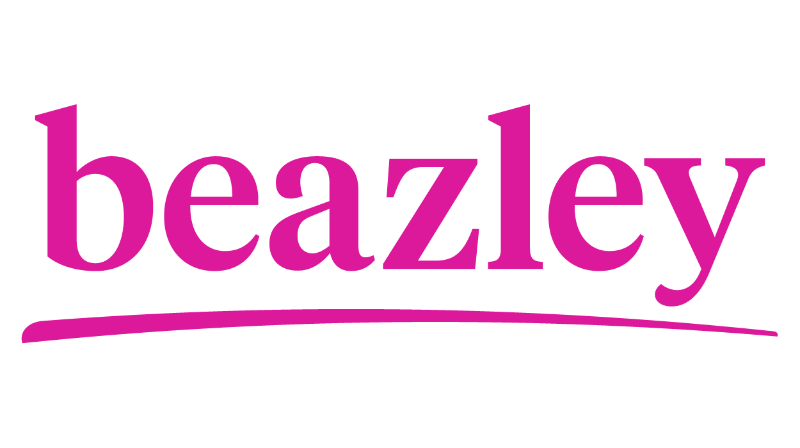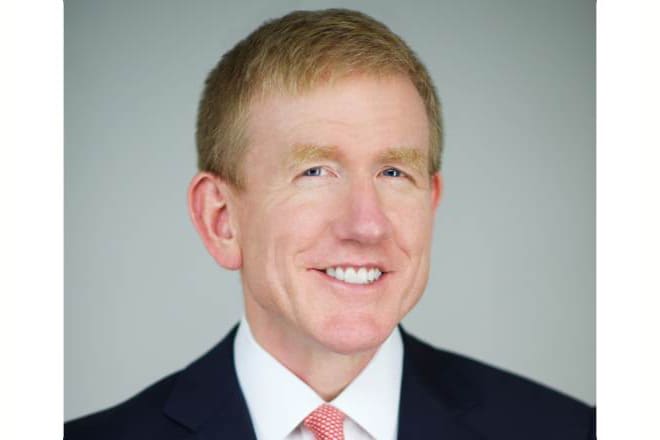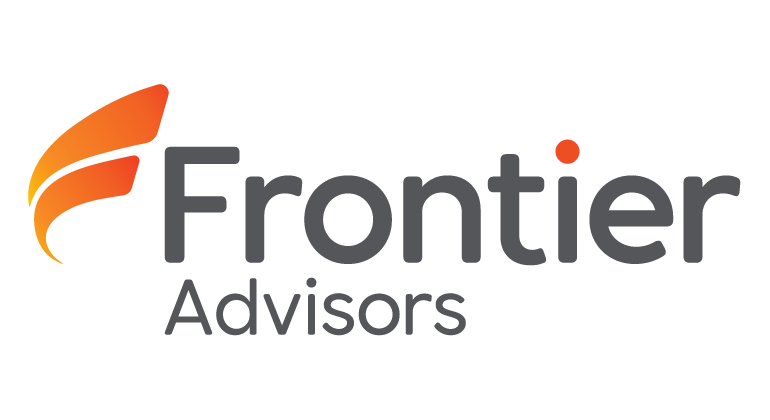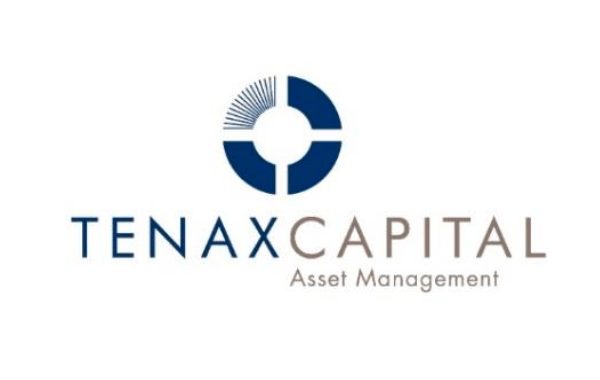This content is copyright to www.artemis.bm and should not appear anywhere else, or an infringement has occurred.
Italian and global insurance giant Assicurazioni Generali S.p.A. has revised its framework for green catastrophe bonds to incorporate updates and expand its scope, now publishing a Green, Social and Sustainability Insurance-linked Securities Framework in its place.
 Generali was early to recognise the potential for insurance and reinsurance linked investments to have green, or environmental, social and governance (ESG) credentials.
Generali was early to recognise the potential for insurance and reinsurance linked investments to have green, or environmental, social and governance (ESG) credentials.
Because of the insurers focus on this, Generali launched its own framework for Green insurance-linked securities (ILS) back in 2020.
That framework defined how Generali could use the freed-up capital benefit achieved through its sponsorship of an ILS or catastrophe bond transaction for Green asset investments.
At its core, that meant an amount equivalent to the capital relief benefit achieved through issuance of a Green ILS or cat bond transaction could be exclusively used to allocate capital to, or refinance, green initiatives, projects or assets, under Generali’s framework.
The insurer sponsored its first green catastrophe bond issuance in 2021, the €200 million Lion III Re DAC transaction.
Those €200 million of cat bond notes provided Generali with reinsurance protection against certain losses from European windstorms and Italian earthquakes across a multi-year term.
As we later reported, Generali said that, in the case of the Lion III Re catastrophe bond, it freed up €28.1 million of capital for the insurer, under regulatory capital relief calculated on the basis of its Solvency Capital Requirement at the inception of the cat bond risk period.
That freed up capital was allocated to a sustainable investment deemed to make a positive environmental impact, in this specific case it refinancing a green asset that Generali already had interest in, the Tour Saint-Gobain in Paris, a building project that asset management unit Generali Real Estate was behind, and that on completion achieved the highest marks possible for four international environmental certifications.
It was found that the €28.1 million of capital, freed up due to the issuance of the Lion III Re catastrophe bond, had served to avoid 35.1 tCO2e of greenhouse gas emissions, after an audited impact evaluation undertaken by a third-party specialist.
Now, Generali has revisited the green ILS framework and updated it to become the Generali Green, Social and Sustainability Insurance-linked Securities Framework.
The insurer said that the company “recognises the crucial role the financial industry must play in the transition to a low carbon economy and strives to have an active role in the further development of a sustainable financial market.”
To enhance its ability to address environmental and sustainability issues, where Generali can affect positive change, the new framework has been developed under which the insurer can issue sustainable ILS instruments.
The company further explained, “This Green, Social and Sustainability ILS Framework represents Generali’s latest efforts to align its program with best practice, promote SRI principles, and enhance its ability to support stakeholders in realising their green and social objectives. We see the issuance of Green, Social and Sustainability (‘GSS’) labelled ILS as an effective tool to make a positive contribution to the climate and/or the society, while achieving the Sustainable Development Goals of the United Nations (‘UN SDGs’).
“Through GSS ILS, we aim to further diversify our investor base, focusing on socially responsible and highly dedicated sustainable investors and by strengthening the relationship with the existing investor base.”
As the company has taken important steps to enhance its green strategy since the publication of the first Green ILS Framework, Generali says it has now expanded it further, launching the new framework to align with its Green, Social and Sustainability Bond Framework that was published in December 2023.
Now, under the new Green, Social and Sustainability ILS Framework, Generali can categorise different types of sustainable ILS, including:
- Green ILS, to finance and/or refinance Eligible Green Assets.
- Social ILS, to finance and/or refinance Eligible Social Assets.
- Sustainability ILS, to finance and/or refinance a mix of Eligible Green Assets and Eligible Social Assets.
So as to maximise the impact of the new framework and its contribution to a sustainable financial market, Generali said that it is designed “to reflect the structure of an ILS transaction, which allows the allocation funds to Green, Social and Sustainability initiatives following two different approaches.”
This is, through the use of the freed-up capital benefit, as in the previous case with Lion III Re, and also by use of the proceeds segregated in the SPV in a portfolio of Green and Social investments.
By expanding the scope of its framework for green, social and sustainable cat bonds and ILS, Generali is also aligning with the needs of many investors, that continue to have a strong focus on ESG appropriate assets.
Generali has commissioned Sustainalytics to conduct an external review of the new Green, Social and Sustainability ILS Framework.
Giving its opinion, that company explained, “Sustainalytics is of the opinion that the Generali Green, Social and Sustainability Insurance-linked Securities Framework is credible, impactful and will deliver overall positive environmental and social impacts. Sustainalytics is further of the opinion that the principles of impact and transparency that underlie the responsible investment industry, as well as many of its norms and standards, are applicable to the green, social and sustainable insurance-linked securities (ILS) instruments to be issued under the Framework.
“Sustainalytics is of the opinion that the Generali Green, Social and Sustainability Insurance-linked Securities Framework is impactful, transparent and in alignment with core market expectations.”
Generali’s first green catastrophe bond, the Lion III Re DAC transaction, remains in-force through to June 2025.
With this new framework in place, it will be interesting to see what green, social or sustainability features the insurer incorporates into its next cat bond deal.
Read our stories about ESG investment in catastrophe bonds and insurance-linked securities (ILS).
Generali updates insurance-linked securities framework to “green, social & sustainable” was published by: www.Artemis.bm
Our catastrophe bond deal directory
Sign up for our free weekly email newsletter here.

 According to the firm, a “new breed” of cat bonds has now emerged, aimed at preventing disaster and extending coverage for low-income countries unable to mobilise proper financing to fight a looming disaster.
According to the firm, a “new breed” of cat bonds has now emerged, aimed at preventing disaster and extending coverage for low-income countries unable to mobilise proper financing to fight a looming disaster.
